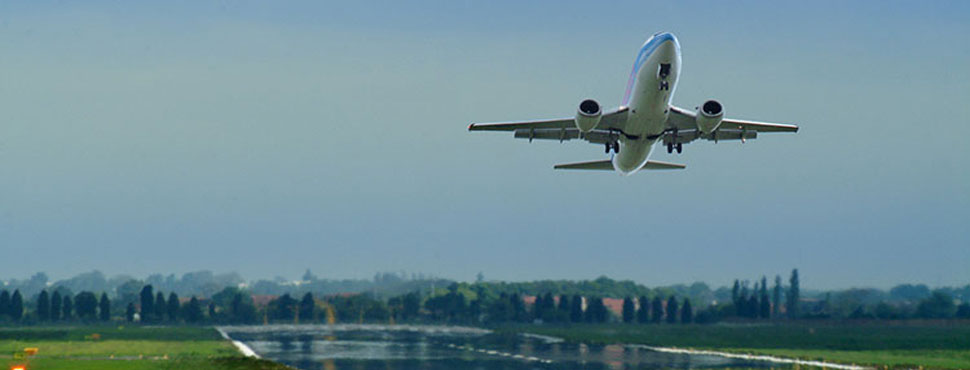With the global travel retail market tipped to reach $85bn by 2020 (Source: Generation Research), there is no better time for brands to explore original and innovative ways to engage with passengers by combining the best of experiential marketing and point of sale promotions with the next levels of innovation.
Yet when our industry casts a critical eye on itself at annual conferences and expos, we are often told that we are simply not innovative enough. It seems to me that these criticisms tend to focus our on ability, or inability, to embrace technology in airport shopping.
This is an understandable consideration as the passenger becomes ever more reliant on their mobile devices for everything from checking-in for their flight, to navigating through the terminal and more importantly generating instant price comparisons between Tax & Duty Free shopping and the High Street.
We have seen some airlines successfully using i-Beacons in their lounges, generating personalised greetings to their passengers when they walk in and reassuringly telling them when to head to their gate for boarding. In fact, Nice Airport built beacon technology into the refurbishment plans for the Terminal 1 retail space last year, enabling the airport to communicate directly with their customers generate relevant and tailored offers to passengers depending on their proximity to different locations in the departure lounge.
Aside from beacons, there is definitely a need for travel retail to enable greater social media engagement with customers, amplifying the brand experience. The airport is one of the most ‘checked-in’ places on the planet when it comes to social media, and the next generation of airport travellers is focused on sharing experiences online and broadcasting points of interest to their peers through these channels. This is evident in the significance and influence of bloggers and the brands who really grasp that this is an unprecedented way to extend the moment of brand engagement to audiences outside of the airport and across the globe. In fact the power of social media was never more evident that with Samsung’s T5 Take Over in 2014, where the hashtag #SamsungT5TakeOver reached more than 25 Million Twitter users (Source: JC Decaux).
This approach to reaching audiences outside of the customer journey is certainly effective, but when it comes to innovating in travel retail we should also consider how we physically reach the customer at non-traditional stages of their journey and actually capture sales that might not have happened at all.
With airline ‘call to gate’ becoming increasingly premature and cutting into dwell time, brands should also consider what can be done to take the product to the customer rather than only focusing on how to get the customer into the store. These non-traditional methods are being used by some airports around the world to capture potentially missed sales and ensure that passengers don’t feel that they have been cheated out of their airport shopping experience, which inevitably drives customer satisfaction.
By Sally Alington, Managing Director, Blackjack Promotions

